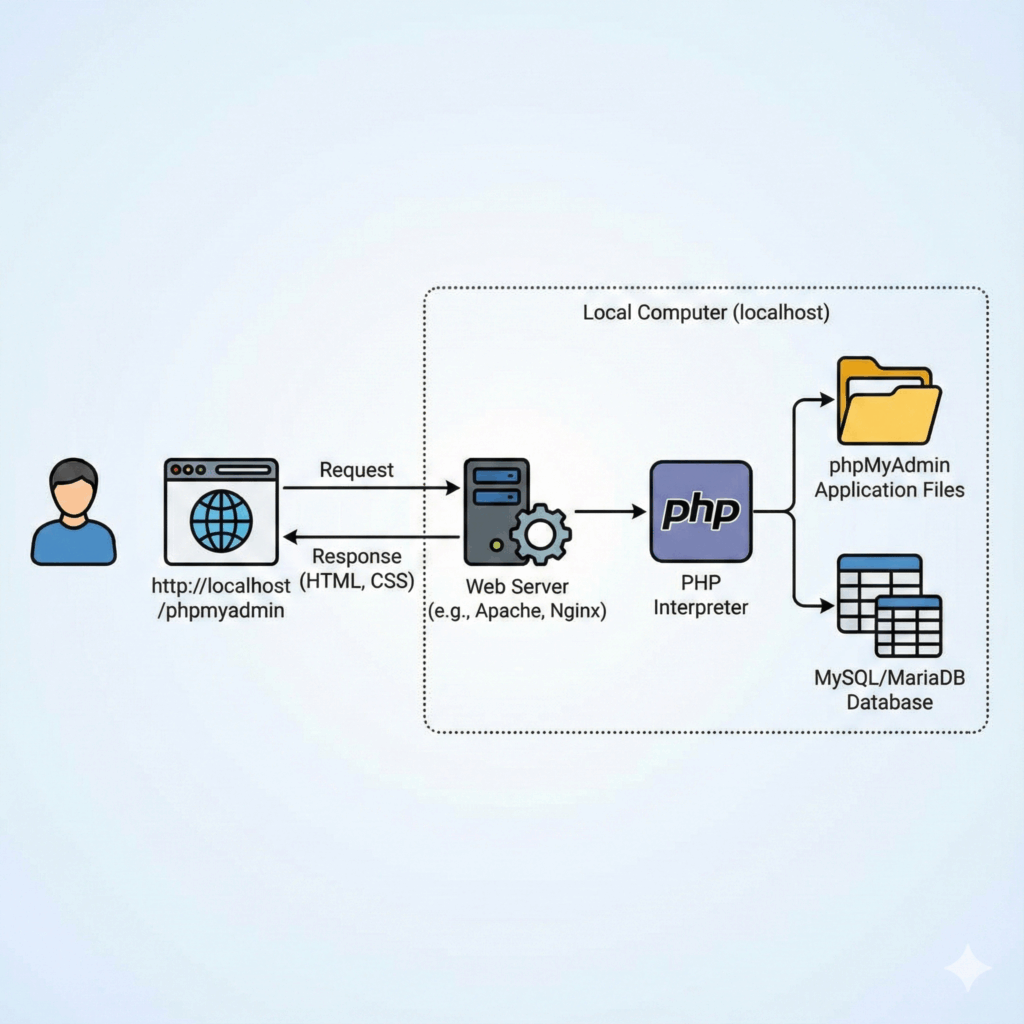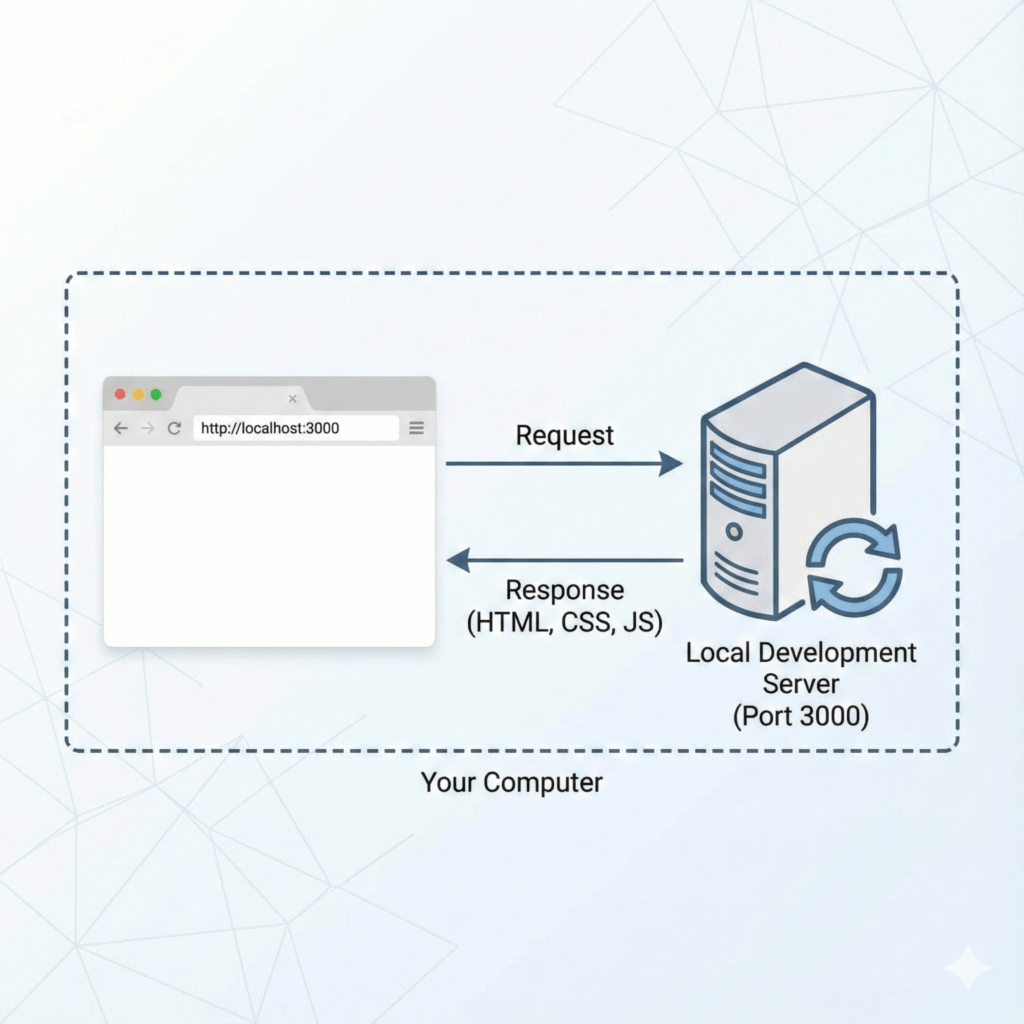Being a non-tech student often means having a general understanding of programming languages like Python without profound knowledge of its specific characteristics. If you can’t benefit from using it, why should you explore the way it works? However, Python is a popular choice for students and scholars in the social sciences and humanities because it is easy to use and has extensive libraries. Researchers can use this language to dig deeper into large sets of data, read and study texts and cultural artifacts, and gain new insights.
Python is transforming digital humanities, social sciences research, language and linguistics, cultural heritage, and other disciplines. Scholars regularly use it to simplify routine tasks. Just like you use an essay writing help of EssayShark services and hire an experienced writer to manage academic writing assignments faster, it is possible to use Python to make the processes of creating websites and analyzing information more efficient. It is a versatile language that gives you the building blocks to create many useful instruments.
Key Advantages of Python
What is so special about Python that makes this language so popular? Here are just some of the possible answers to this question:
● Readability. Even if you don’t have a strong programming background, Python’s code has a familiar logic that is easy to understand. No wonder its syntax is often described as “human-readable.”
● Versatility. You can use Python for a variety of tasks, from web development and data analysis to artificial intelligence applications and machine learning.
● Community support. A large and active community of Python programmers contributes to its ongoing development and provides valuable resources for learners and professionals.
Python’s Applications in Social Sciences Research
Now that you’ve received some basic knowledge about Python, let’s explore its real-world applications. We’ll start with social sciences, as Python has become an invaluable tool for data analysis and visualization. It gives scholars the opportunity to conduct more rigorous and innovative research. Consequently, we can talk about a valuable contribution to a deeper understanding of human behavior and society.
Statistical Analysis
To make logical conclusions after collecting data, you need to analyze it using various statistical tools. Alternatively, you can calculate measures like mean, median, mode, standard deviation, and correlation coefficients using Python. What’s so revolutionary about that, you may ask. Fair enough. Therefore, let us tell you about Python’s machine-learning libraries like Scikit-learn, TensorFlow, and PyTorch. After all, we are living in the times of artificial intelligence. Social scientists can use them for tasks such as prediction, classification, and clustering when working on all kinds of projects.
Network Analysis
Sociology is all about exploring the interactions on different scales and drawing conclusions based on the findings. Social networks seem to be one of the effective tools to do so. That is when Python code has its time to shine. Scholars can study relationships between individuals and groups of people using Python libraries like NetworkX. It is also possible to construct and analyze knowledge graphs to represent complex relationships between different variables.
Visualization
Data visualization is an essential part of making information easy to understand at first glance. You can either read a passage full of indicators and percentages or look at a nice-looking diagram to get the gist of that passage. Libraries like Matplotlib, Seaborn, and Plotly allow you to create visually appealing charts, graphs, and maps. You can also integrate spatial data with other data types to analyze geographic patterns and relationships.
Python’s Applications in Humanities
Python has become an important tool for humanities researchers because it lets them look at an immense quantity of text data to find patterns and learn new concepts. Here are some examples of its possible applications:
Historical Research
Historical data analysis demands undivided attention and accuracy because one single mistake can lead to a series of false conclusions. Using Python can help you explore historical documents (letters, diaries, newspapers, etc.) to identify trends and patterns. You can also create and manage digital archives of historical materials to ensure they will be available for the generations to come.
Literary Studies
No matter how attentive to details a human eye can be, there are still too many aspects that remain unrecognized when it comes to textual analysis. Python algorithms are of great help when you need to identify themes and stylistic elements of literary works. The power of
programming can also be useful for determining the authorship of anonymous works a lot faster than an expert with many years of experience.
Cultural Studies
Culture often defines the main values of our society and expands our self-identification. Programming can be useful when it comes to analyzing cultural artifacts, such as art, music, and film. It becomes easier to compare cultural practices and traditions across different societies. It also makes the understanding of cultural trends and values possible for the general public.
Summing Up
Whether you are a historian, sociologist, linguist, or cultural studies scholar, you can benefit from using Python in many ways. As technology continues to advance, Python’s role in these fields is likely to grow even more. Let’s all be those curious observers who watch the revolutionary technology break and learn to apply them effectively in our professional fields.



